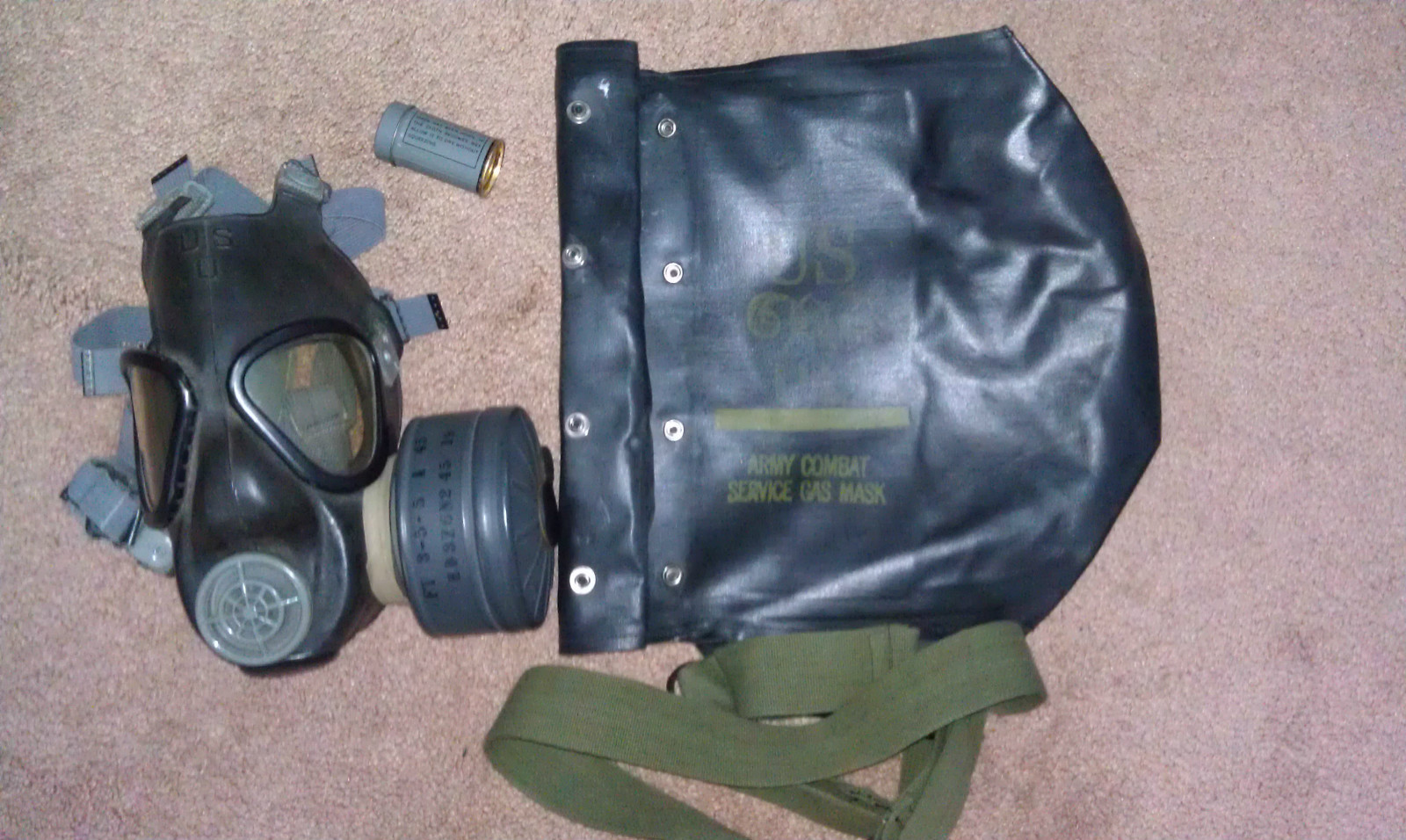

Winter epidemics were clearly documented for recruits at Fort Bragg, NC, and at Fort Dix, NJ, during the mid- to late 1940s these investigations also defined a higher-risk period during the initial 4 to 6 weeks of training ( 15, 16).

These studies led to groundbreaking findings documenting distinct seasonality and epidemiological patterns of disease transmission at basic combat training (BCT) locations. The earliest comprehensive ARD studies took place in the 1940s and were conducted by the Commission on Acute Respiratory Diseases in World War II (WWII) ( 15). Higher ARD rates are routinely seen among recruits than among older, more experienced military personnel. The Military Trainee Environment and Increased Risks Related to TrainingĪRDs have been particularly problematic in recruit and other military training environments, where close and crowded living conditions ( 10), physical and psychological stresses ( 11), environmental challenges ( 12), and demanding physical training ( 13) lead to more intense exposure as well as a state of relative immune compromise ( 14). In the United States alone, lower respiratory tract infections account for ∼85,000 deaths each year (3.2% of all deaths) and constitute the leading infectious cause of death ( 9). Acute respiratory diseases (ARDs) are also the leading cause of outpatient illness, with significant impact in terms of disability-adjusted life years, accounting for 115.23 million disability-adjusted life years worldwide ( 8). Internationally, the World Health Organization (WHO) ( 5) ranks lower respiratory infections as the third leading annual cause of death globally, accounting for ∼4.25 million deaths (7.1% of deaths overall), mainly in very young, elderly, and immunocompromised individuals in the developing world ( 6, 7). These respiratory infections also constitute a common cause of morbidity among adults in the United States ( 3, 4). military for over a century ( 1), with acute respiratory infections comprising a large threat for which many interventions and control methods have been developed ( 2). Infectious diseases have been of great significance to the U.S.

We also outline military-specific initiatives in (i) surveillance, (ii) vaccine development and policy, (iii) novel influenza and coronavirus diagnostic test development and surveillance methods, (iv) influenza virus transmission and severity prediction modeling efforts, and (v) evaluation and implementation of nonvaccine, nonpharmacologic interventions. Utilizing a pathogen-by-pathogen approach, we examine (i) epidemiology, (ii) impact in terms of morbidity and operational readiness, (iii) clinical presentation and outbreak potential, (iv) diagnostic modalities, (v) treatment approaches, and (vi) vaccine and other control measures. Outbreaks and epidemiologic investigations of viral and bacterial infections among high-risk groups are presented, including (i) experience by recruits at training centers, (ii) impact on advanced trainees in special settings, (iii) morbidity sustained by shipboard personnel at sea, and (iv) experience of deployed personnel. This comprehensive review outlines the impact of military-relevant respiratory infections, with special attention to recruit training environments, influenza pandemics in 1918 to 19 to 2010, and peacetime operations and conflicts in the past 25 years.


 0 kommentar(er)
0 kommentar(er)
